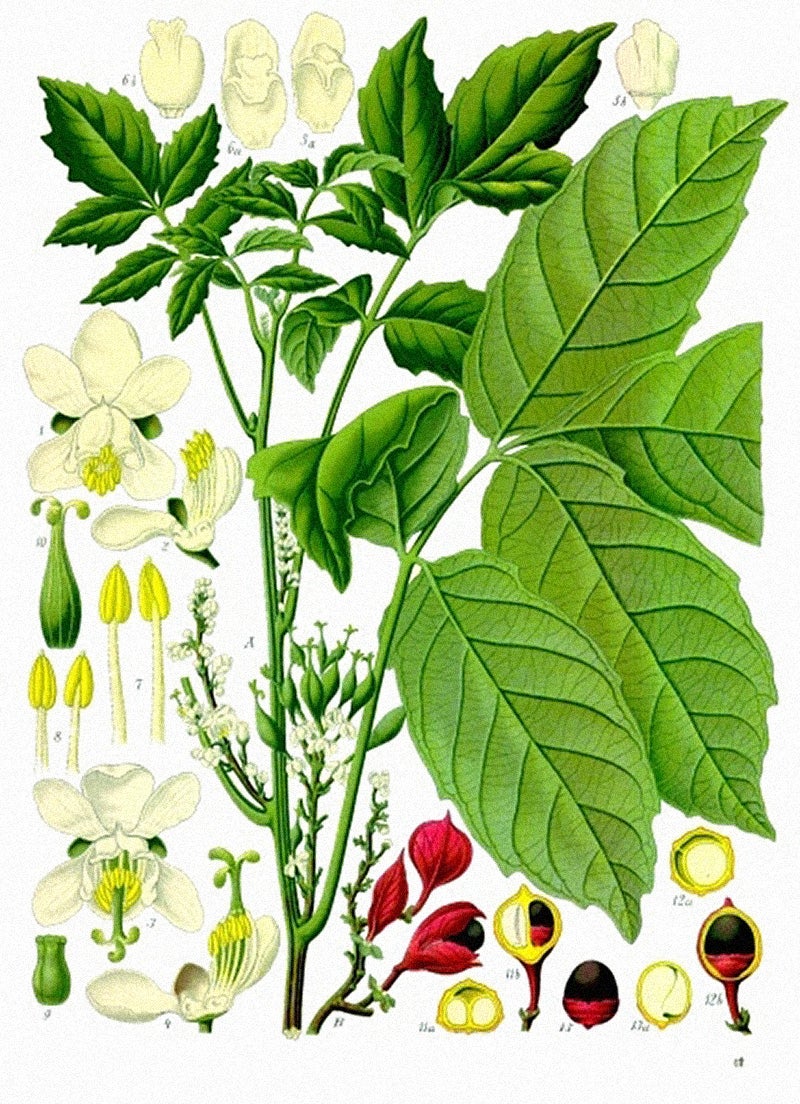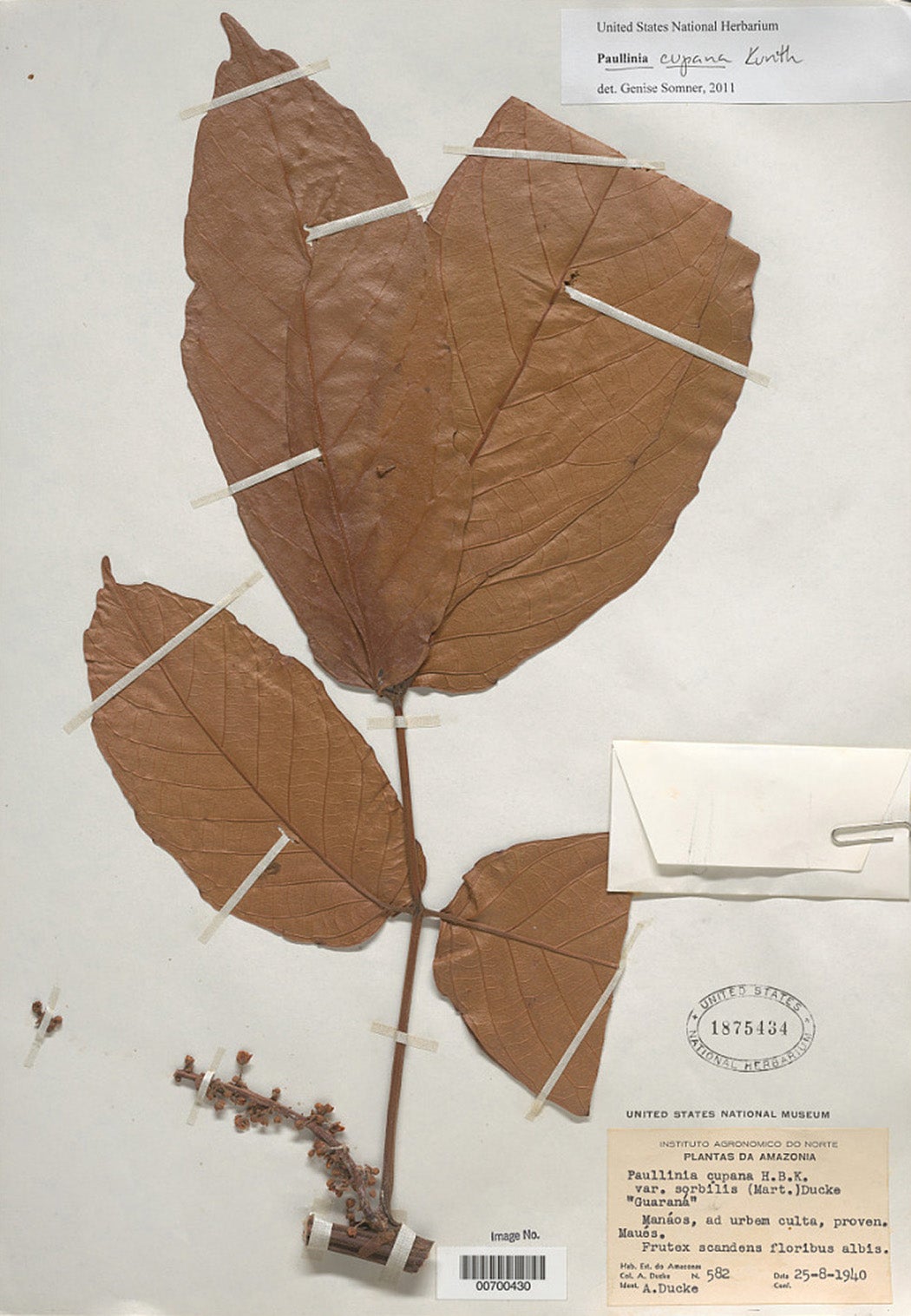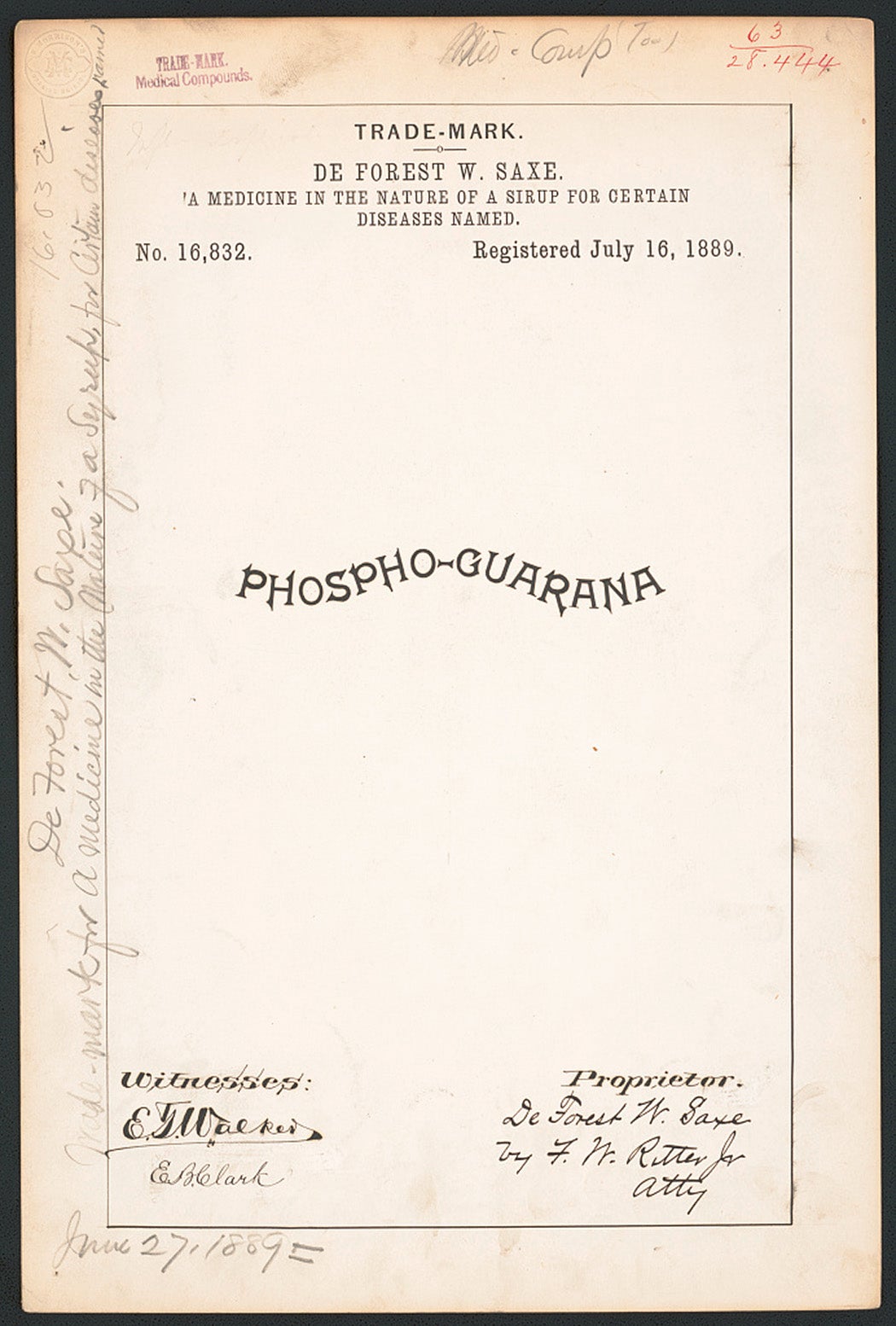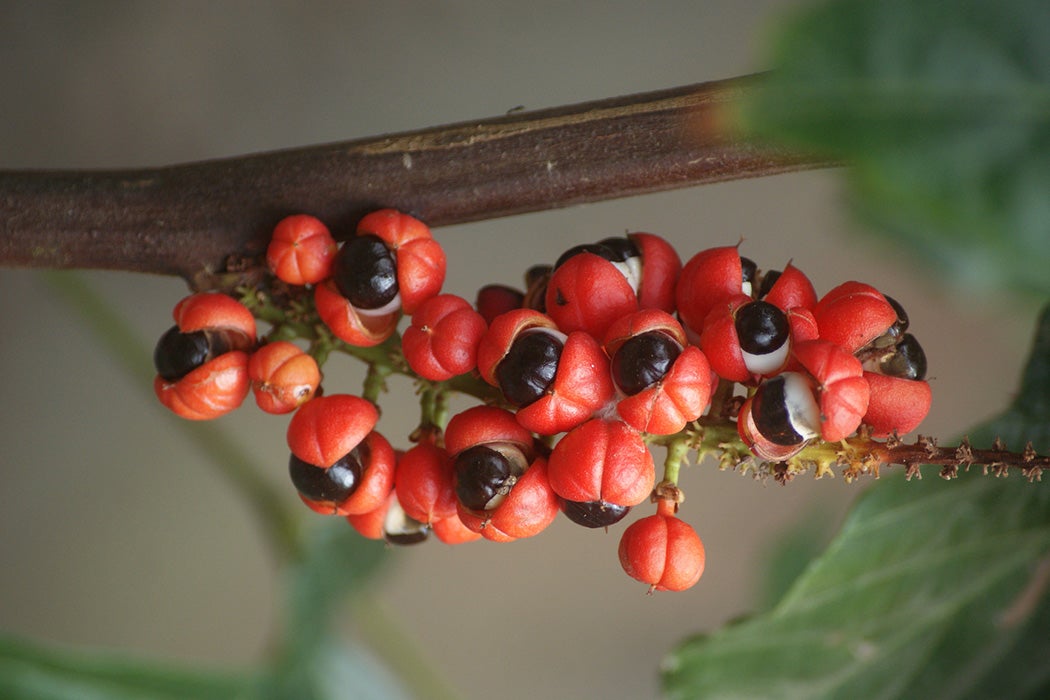On November 3, 1979, the New York Times brought to its readers a brief yet curious business report from Rio de Janeiro, Brazil. According to journalist Warren Hodge, Coca-Cola’s subsidiary in Brazil was bidding for a larger market share by pushing its first guaraná soda, named “Taí” (a Portuguese colloquial expression meaning “It’s here.”) The article explained that guaraná sodas were sold in the millions in Brazil and that they were made from guaraná seeds, “supposed to have exciting properties” due to their high caffeine content. Through its aggressive marketing campaign, Coca-Cola aimed to capture Brazilian guaraná drinkers and export the drink to neighboring countries such as Uruguay and Paraguay and even to the United States within only eighteen months. “The movement in the United States has recently been to new flavors,” argued one of Coca-Cola’s top executives quite confidently.
But if you’ve never heard of a soda named “Taí” or even of guaraná, for that matter, it’s because despite these ambitious expansion plans, the drink was never a huge success in the United States; even today, Coca-Cola hasn’t been able to displace local brands in Brazil, where guaraná soda remains a landmark of national identity. Guaraná is now used in well-known energy drinks. Still, it’s nowhere near as sought-after in the United States as it is in Brazil, joining a list of other caffeinated beverages such as yerba mate that, unlike coffee or tea, have entered new markets, far removed from their origin (but haven’t yet gone fully global). In the process, the rich cultural histories of these plant-based products tend to be forgotten, as well as the role played by Indigenous communities in their development and expansion.

Guaraná is an extract made from seeds of Paullinia cupana, a scrambling shrub or liana native to the Amazon basin in South America and grown commercially only in Brazil. Western science first named the plant a distinct species in Nova Genera et Species Plantarum (1821), which came from Alexander Humboldt’s expedition to South America in the nineteenth century. It’s described as having clusters of oblate-oblong leaflets and flowers, along with tiny red-to-brown fruits enclosing its precious seeds, which have approximately four times the amount of caffeine found in coffee beans.
A few decades later, in A Journey to Brazil (1869), French naturalist Louis Agassiz defined it as one of the “great staples” of the Amazonian settlements and described how Indigenous peoples consumed their seeds. “This bean,” he wrote, “after being roasted, is pounded in a small quantity of water until it becomes, when thoroughly ground, a compact paste.” In this state, it is grated, “and when mixed with sugar and water, it makes a very pleasant, refreshing drink.” He noted that the bean was also cherished for its medicinal properties against stomach sickness and other ailments. Similarly to Coca-Cola’s executives, Agassiz anticipated that guaraná would “have a wider distribution when its value is more generally known.”

However, guaraná had a rich cultural history long before European naturalists explored South America and even before the Portuguese arrived in Brazil in 1500. The Sateré-Mawé people of the Amazon, in fact, trace the plant’s history back to the early stages of creation, with the word waraná signifying, according to historian Seth Garfield, the “beginning of all explanation or knowledge.” Garfield recounts the Sateré-Mawé’s origin story in his recent book Guaraná: How Brazil Embraced the World’s Most-Caffeine Rich Plant: in an ancestral village, there lived a young boy who healed the sick and maintained the unity of his people. But his popularity spurred the jealousy of an evil angel who decided to kill the boy, condemning the whole village to eternal misfortune. The boy’s mother, invoking a benevolent god, announced that her son would be reborn as a tree if his eyes were removed from his body and planted into the ground. The elders did so, and the villagers watered the planting with tears. A few days later, the guaraná shrub bloomed, with the plant’s berries resembling the child’s eyes and accounting for his resurrection. In the Sateré-Mawé’s origin story, plants and humans are deeply interconnected, and still today, they refer to themselves as “the children of guaraná.”
Garfield also argues that the Sateré-Mawé people played an essential role in guaraná’s domestication by using wild seedlings to replace less productive plants, which ensured genetic diversity. Moreover, they developed preparation technologies to guarantee year-round consumption, pounding guaraná seeds into a compact paste, as described by Agassiz, which was shaped into round or cylindrical masses and hardened by smoke. This way, they avoided spoilage and seasonal patterns of fruiting and fostered the plant’s circulation in the Amazon region.

The first European encounter with guaraná was recorded by the Portuguese Jesuit Father João Felipe Bettendorff in his book Crônica da missão dos Padres da Companhia da Jesus no Estado do Maranhão, written between 1694 and 1698. He describes the process of compacting the guaraná extract in a similar way to Agassiz.
“The Andirazes [also known as Sateré-Mawé] have a small fruit in their forests that they call guaraná, which they dry and then trample, making them into balls, which they treasure as white people treasure their gold,” he wrote.
Bettendorff also noted that the Sateré-Mawé grated these balls to mix them with water and drink the seeds extract. This would give them “such great strength” that when they “go hunting, from one day to the next, they are not hungry.” The drink also had medicinal properties, some of which Bettendorff himself confirmed: “Besides making them urinate, it relieves fevers and headaches and cramps.”
These same properties spurred much scientific and commercial interest in Europe and the US during the second half of the nineteenth century. The British Medical Journal provides many good examples in this sense, with reports detailing how guaraná powder was being administered to treat “sick headaches.” In 1872, Dr. Wilks at Guy’s Hospital, London, wrote that in treating his patients with “nervous headaches,” he had only been able to “do little more than recommend to my patients the avoidance of all those circumstances which they know from experience would induce an attack.” However, new treatments had given his patients hope ––a chemical compound, bromide, and two plant powders: cannabis indica and guaraná, which he considered “a very valuable addition to our Pharmacopeia.”
Similarly, Edward MacKey, a professor of Materia Medica at Queen’s College, reported to The British Medical Journal that an anonymous forty-five-year-old man who “has in the course of business much harass, and at times unusual pressure of headwork” had found relief from his usual headaches after “taking half a drachm of guaraná powder early in the morning, in coffee.” The interest was such that many guaraná brands and compounds were patented in the US before the end of the century.

Garfield calls this process guaraná’s “boom and bust” cycle in the Anglo-American health market. Toward the turn of the twentieth century, with the development of drugs such as aspirin, guaraná extract and other plant-based medicines fell out of fashion. Today, though, in addition to being a fairly popular drink in countries as diverse as Brazil, Israel, Portugal, and Japan, guaraná is being researched for its chemical properties, as it has been proven to provide more stimulation than caffeine alone. Such findings might prompt further commercial interest in it as it continues to have a “wider distribution,” as Agassiz once put it. Revisiting guaraná’s cultural history and longstanding interaction with humans is especially compelling in this context, as the expansion of commercial crops and mining projects in the Amazon threatens both biodiversity and the livelihood of Indigenous communities such as the Sateré-Mawé. The Plant Humanities Initiative at Dumbarton Oaks aims to unearth these histories to re-imagine our relationship to the plant world and our environment more broadly.
Editor’s Note: This story was changed to add a link to the Plant Humanities Initiative at Dumbarton Oaks.
Support JSTOR Daily! Join our membership program on Patreon today.








